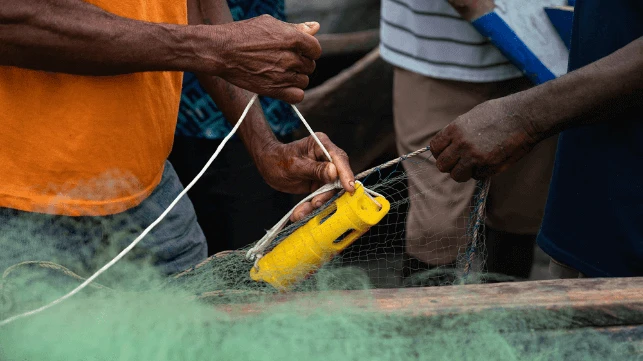A billion dollars might not be enough to buy a state-of-the-art vessel. Actually running a research ship can easily cost tens of thousands of dollars a day or more, before factoring in submersible trips to the depths or helicopter flights to remote ice floes.
These costs limit the number of hours researchers can spend at sea, and where they can go to gather data on fisheries, climate change, weather and a host of other issues with trillion-dollar consequences. This leaves data on much of the ocean patchy, especially in less wealthy parts of the world.
So scientists are increasingly looking at cheaper options for getting essential and fundamental information including temperature, salinity and depth: so-called “vessels of opportunity”. By piggybacking their work on ships that are already plying the ocean, they can fill some of the huge existing gaps in marine data at a fraction of the cost of hiring a research vessel.







